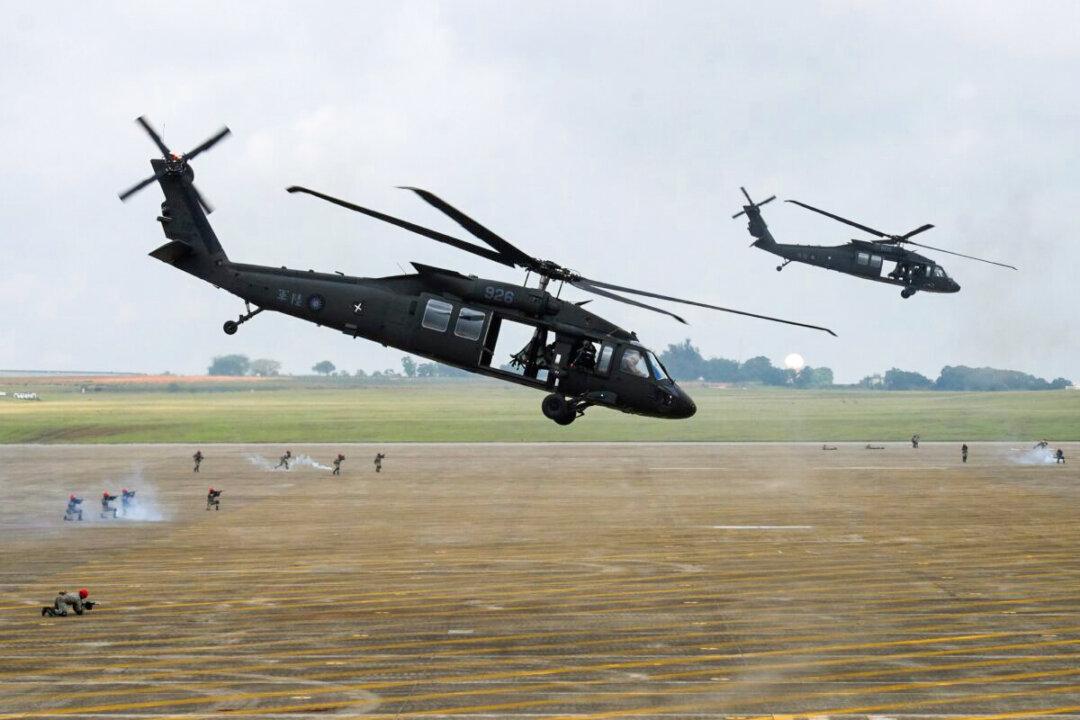Australia has confirmed it will acquire 40 U.S.-made Black Hawk helicopters for the Australian army, which will begin arriving this year to replace its current French-made Taipan helicopter fleet.
The request, made by the former Morrison government, was approved by the U.S. State Department in August 2022 for an estimated $2.82 billion (US$1.95 billion).





